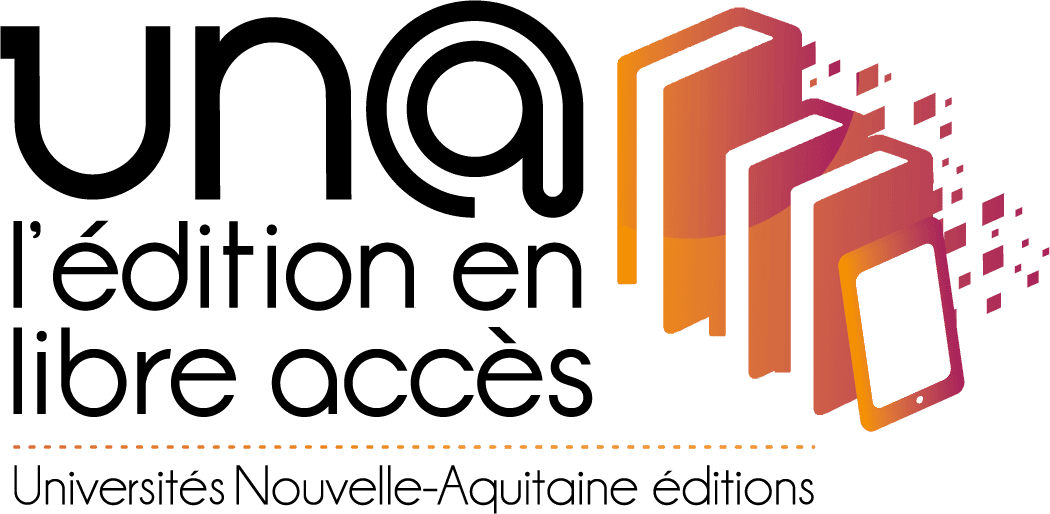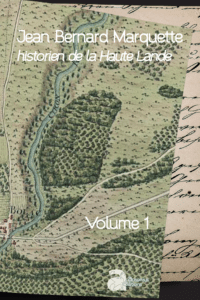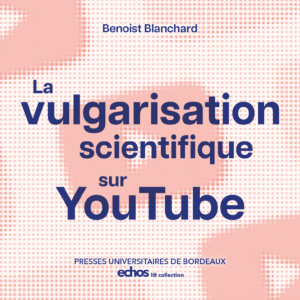UN@ est une plateforme d'édition de livres numériques pour les presses universitaires de Nouvelle-Aquitaine
Lieu d'édition : Pessac
Par son ancienneté et sa permanence le patronage de Notre-Dame est, avec ceux de saint Pierre et de saint Martin, celui qui pose le plus de problèmes à l’historien du peuplement.
Telle qu’elle apparaît au milieu du XIVe siècle la société du Bordelais n’était guère différente à cette époque de celle de la plupart des autres parties du royaume.
Parmi les pays qui, du bassin d’Arcachon à l’embouchure actuelle de l’Adour, frangent le littoral landais, le Born a occupé tout au long du Moyen Âge et jusqu’à la fin de l’époque moderne une place originale.
L’hagiotoponymie et l’étude des vocables paroissiaux constituent une source de premier ordre lorsqu’on souhaite étudier les étapes du peuplement et de la mise en valeur du sol d’une région durant l’époque médiévale.
Sept siècles durant, Casteljaloux fut une ville bazadaise située aux confins des diocèses de Bazas et d’Agen, séparés par le cours de l’Avance. Affluent de la Garonne, l’Avance est une rivière paresseuse jusqu’à hauteur de Casteljaloux, avant de couler, en aval, dans une vallée large et profonde.
Grâce à la découverte de documents inédits du Trésor des chartes d’Albret connus seulement par des analyses, nous savons désormais dans quelles circonstances furent successivement édifiés par la famille de Got la maison forte et le château de Villandraut et quelles furent les relations des Got et celles de leurs héritiers avec les Albret.
On l’appelle aujourd’hui place de la cathédrale, mais elle fut autrefois royale, impériale, républicaine au gré des changements de régime que notre pays a connus au cours des derniers siècles. Avant 1789, elle ne porta jamais qu’un seul nom
La disparition des archives de notaires et celle des fonds familiaux rendent particulièrement malaisée toute recherche sur la bourgeoisie du Bazadais au Moyen Âge. Seules sont susceptibles de nous éclairer deux séries de documents
Nous avons le plaisir de présenter « echos l@ collection », une nouvelle collection numérique issue du projet « Science avec et pour la société » (SAPS) porté par l’Université Bordeaux Montaigne.
Nous ne savons de Pèir de Ladils que ce qu’il nous livre dans trois de ses poèmes : deux débats (tensons) qu’il soutient contre Ramon de Cornet (n° VIII et IX), et une prière (pregaria, n° X) dans laquelle il demande de pouvoir revenir à Bazas, sa ville natale, où il dut voir le jour à l’aube du XIVe siècle
Le château de Villandraut dont les ruines imposantes se dressent aujourd’hui à la lisière des landes du Bordelais est bien connu des spécialistes de l’histoire castrale et des historiens de la papauté d’Avignon
Le château de Villandraut dont les ruines imposantes se dressent aujourd’hui à la lisière des landes du Bordelais est bien connu des spécialistes de l’histoire castrale et des historiens de la papauté d’Avignon.



